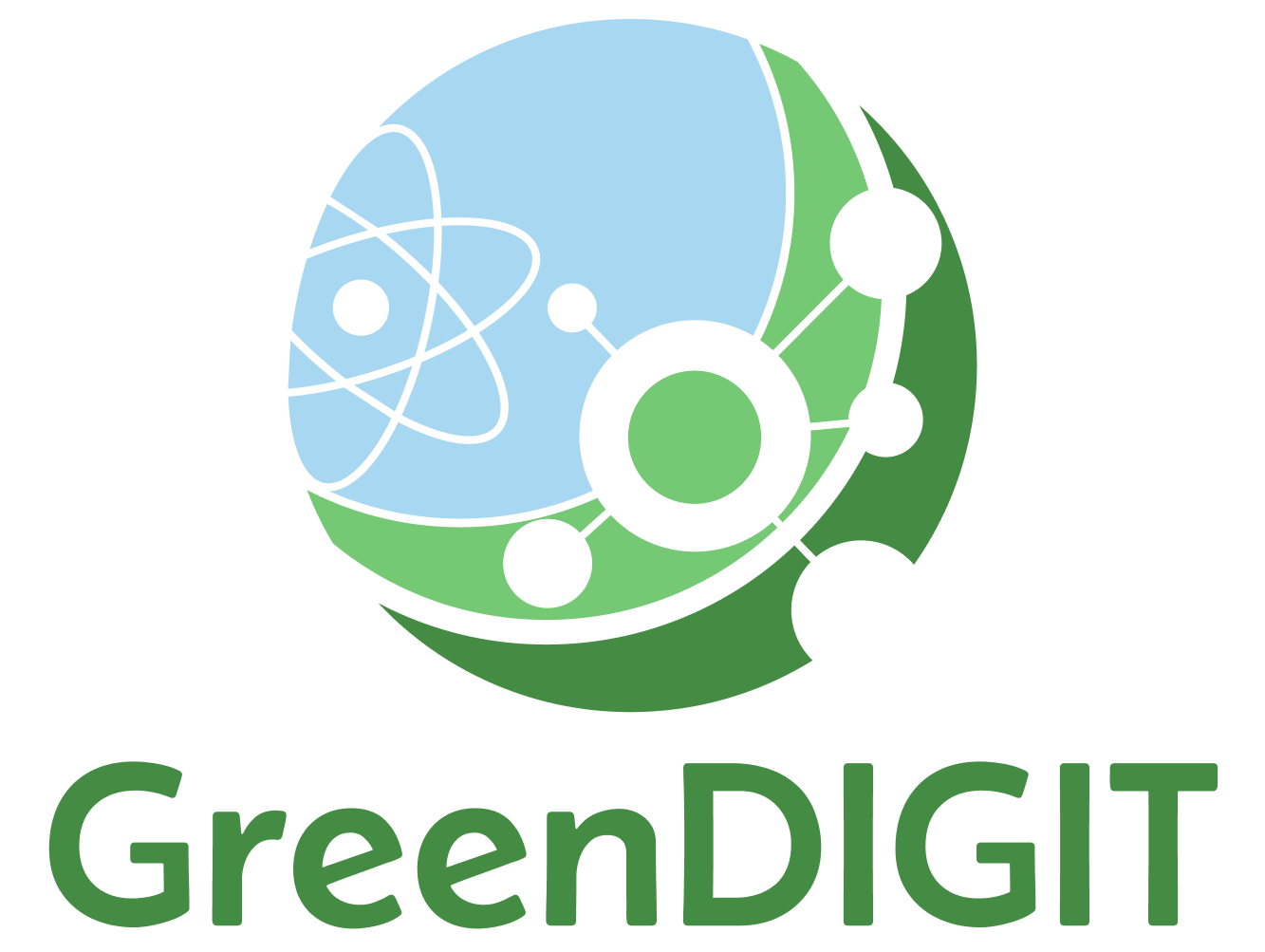WP1 Leader: 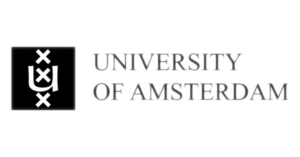
The objective of WP1 is the overall administration and management of the project, addressing the project timing as reported in Section 3.1.2, milestones as described in Section 3.1.5, and project cost as described in Section 3.2. Concrete WP1 objectives are:
- Manage the project through administrative, financial and innovation coordination; Develop quality control procedures and identify and manage risks to the project; Ensure prompt payments
to consortium partners. - Ensure the submission of project deliverables and achievement of project results on time and ensure effective communications within the consortium and with the EC.
- Prepare and update the project’s Data Management Plan.
- Prepare Ethics Requirements and monitor regulatory compliance.
WP2 Leader: 
The objectives of WP2 are the same to WP1:
- Manage the project through administrative, financial and innovation coordination; Develop quality control procedures and identify and manage risks to the project; Ensure prompt payments
to consortium partners. - Ensure the submission of project deliverables and achievement of project results on time and ensure effective communications within the consortium and with the EC.
- Prepare and update the project’s Data Management Plan.
- Prepare Ethics Requirements and monitor regulatory compliance.
WP3 Leader: 
The objectives of WP3 can be summarized as follows:
- Understanding the landscape of ‘environmental friendliness’ of the participating RIs
- Assessment of the broader landscape of digital service providers within European RIs (through surveys and interviews)
- Perform desk research for state-of-the-art and adoptable practices and solutions for monitoring environmental friendliness within digital services
- Definition of metrics through which environmental friendliness of RI digital services can be assessed and monitored.
WP4 Leader: 
The objectives of WP4 can be found below:
- Study the current State-of-the Art in sustainable architectures, technologies, solutions and practices in digital and computer domain,
and in relevant industry/economy sectors (such as construction, energy production, agriculture, smart cities, etc) - Evaluate and test energy reduction technologies and solutions such as CPU energy management, virtualisation, containerisation, cloud-native design,
cloud workflow outsourcing and provide recommendations to providers and users - Develop an architecture of the future sustainable RI with reduced and controllable/measurable environmental and climate impact
- Capture and define technological requirements for system components operated by digital RIs
WP5 Leader: 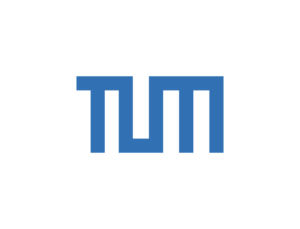
The objectives of WP5 are:
- Improve open, reproducible science and data management for experiments conducted on RIs. Reproducible experiments.
- Enable portability to resource-optimal research infrastructures and make all artefacts available and trustworthy. Thus, repeated experiment execution can be avoided conserving energy.
- Further motivation for research reproducibility as a way to increase the efficiency of RIs can be found in Section 1.2.2.3. The focus of WP activities is on planning, designing, creating, and operating useful platforms, user tooling, and federated infrastructure for open science. They assist and guide researchers in all steps throughout the experiment lifecycle, such as experiment design and result publication. The outcomes of WP5 will be used as input to WP7 and WP11. Providing tools for developers to assess impact/greenness of their applications
WP6 Leader: ![]()
The following list contain the objectives of WP6:
- Building a configuration management database with metrics having an environmental impact
- Creating (multi-level) machine-learning based model for optimising energy, performance, cost for the whole chain from IoT/far-edge to Edge and cloud
- Defining resource selection algorithm(s) that considers the environmental impact of HTC, HPC, Cloud, Container, AI, Storage, Network resources
- Defining methodologies and algorithms for automated end-to-end orchestration
- Elaborating power-grid conscious task scheduling system for compute centres
WP7 Leader: 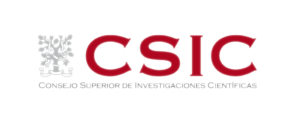
The main objectives of WP7 can be summarized as follows:
- Deliver a prototype integration and implementation of the algorithms and tools delivered by WP6 on the RI’s federated infrastructures.
- Provide tools to assess the impact on the environment of the existing infrastructures and compute centres.
- Validate the feasibility of the proposed optimization strategies toward reducing the environmental footprint of RIs.
- Provide tools to assess and validate the optimization strategies over the federated infrastructures.
WP8 Leader: 
- Assess the policies and regulations that exist in the green computing and environmental-aware digital services area.
- Establish first policy recommendations for RIs, ESFRI/Horizon Europe, and policy-makers, in order to increase the environmental sustainability of RIs. The results will be established firstly for digital RIs, but also for all RIs with digital components, and identifying overall actions that will concern all RIs. The following WP9 will then update this work with the results of the second part of the project and will deepen the recommendations.
WP9 Leader: 
Following previous WPs, the objectives of WP9 are:
- Establish the final policy recommendations, with a roadmap, guidelines for local integration and acceptance within the digital ESFRIs
- Develop a certification baseline as a package to support digital RIs to reduce their environmental and climate footprint.
WP10 Leader: 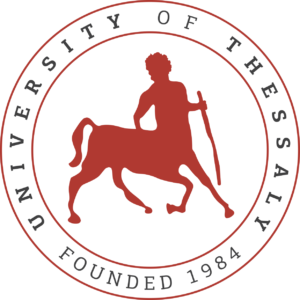
The main objectives of WP10 are:
- To define a clear and distinctive brand identity for GreenDIGIT.
- To create broad visibility and raise awareness of GreenDIGIT and its results.
- To effectively communicated GreenDIGIT to a broad audience, tailoring messages and tools according to the specific stakeholders.
- To establish liaisons with relevant ESFRIs activity groups, projects, developers and policy makers to ensure wide participation to the deployment of GreenDIGIT results.
- To ensure exploitation of GreenDIGIT innovation outcome during and after project lifetime by undertaking continuous analysis of market trends/needs, in relation to a parallel analysis of the market fit of GreenDIGIT derivatives to facilitate innovation management.
- To continuously monitor and periodically report on the holistic impact achieved by GreenDIGIT, using a multi-fold of tools and information sources and maintaining a close focus to the expected impacts.
WP11 Leader: 
Finally, WP11 objectives remain the same WP10:
- To define a clear and distinctive brand identity for GreenDIGIT.
- To create broad visibility and raise awareness of GreenDIGIT and its results.
- To effectively communicated GreenDIGIT to a broad audience, tailoring messages and tools according to the specific stakeholders.
- To establish liaisons with relevant ESFRIs activity groups, projects, developers and policy makers to ensure wide participation to the deployment of GreenDIGIT results.
- To ensure exploitation of GreenDIGIT innovation outcome during and after project lifetime by undertaking continuous analysis of market trends/needs, in relation to a parallel analysis of the market fit of GreenDIGIT derivatives to facilitate innovation management.
- To continuously monitor and periodically report on the holistic impact achieved by GreenDIGIT, using a multi-fold of tools and information sources and maintaining a close focus to the expected impacts.
